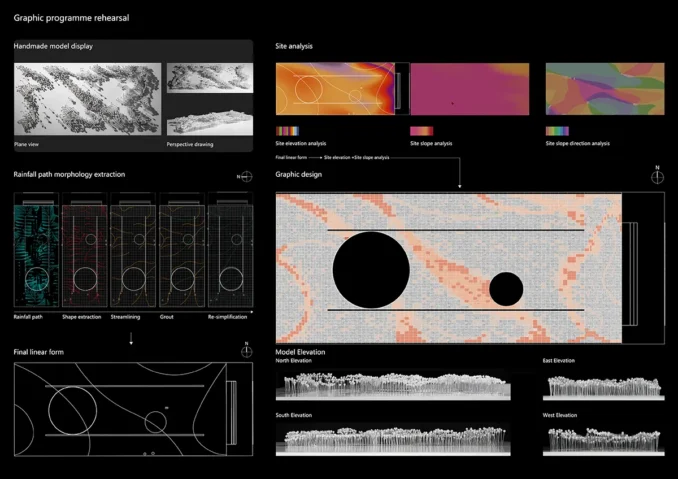
Urban drainage systems are essential components of modern infrastructure, addressing challenges that directly affect economic stability and public safety during stormwater events. Despite their significance, the pathways through which rainwater is collected, transported, and ultimately discharged into sewer systems often remain hidden from public view. This lack of visibility hinders awareness of the critical role stormwater management plays in urban sustainability. To address this issue, the 798 Art Zone in Beijing—famous for transforming an industrial site into a vibrant art and cultural hub—has adopted an innovative approach to visualize and educate the public about urban drainage processes.

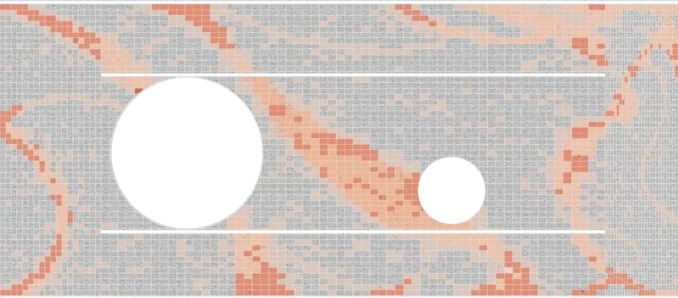
Situated in a high-traffic area within the art district, this initiative aims to make rainwater management both interactive and educational. Through meticulous field surveys, rainfall monitoring, data collection, and statistical analysis, we developed a comprehensive understanding of the site’s topography and elevation. Utilizing advanced computational tools such as Grasshopper, we mapped the paths of rainwater runoff and integrated this data into a digital model of the site. This analysis informed the creation of a visually engaging design for the paved surfaces, where color-coded blocks indicate the flow directions of rainwater, seamlessly blending functionality with aesthetic appeal.
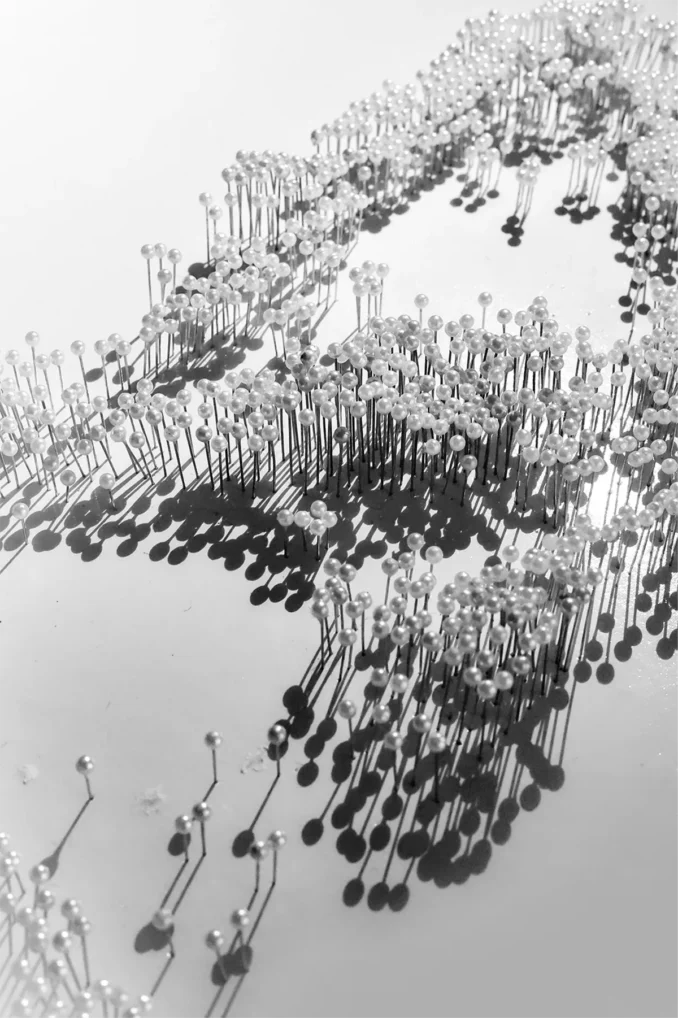
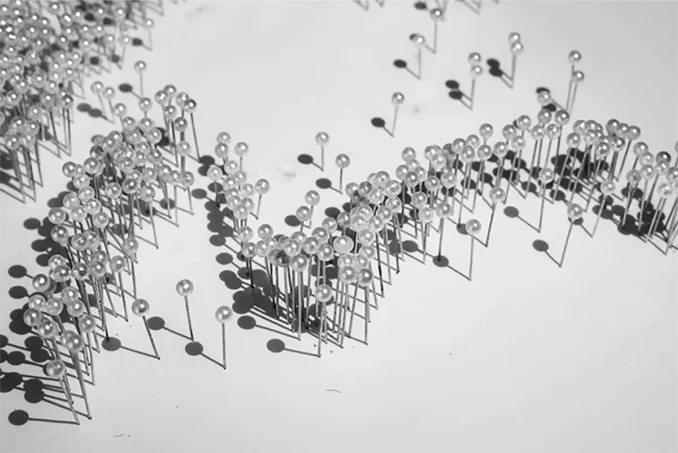
Building on this foundation, the project integrates cutting-edge technology to transform the design into an interactive experience. Beneath the pavement, we propose the installation of lighting circuits and energy conversion devices that respond to environmental conditions. Specifically, as rainwater accumulates, it will activate small-scale wind turbines, harnessing the kinetic energy of flowing water to generate electricity. This renewable energy will power an integrated lighting system that illuminates the pavement, dynamically visualizing rainfall volumes and flow patterns in real time. The result is a functional “urban canvas” that not only informs but also inspires visitors by making invisible processes visible.
This upgraded 2.0 design transforms a practical drainage solution into a multi-dimensional platform for public engagement and education. By linking environmental data with interactive features, the project highlights the interconnectedness of urban systems and promotes sustainable practices. Furthermore, it aligns with the district’s artistic identity, demonstrating how urban infrastructure can serve as a medium for creative expression.
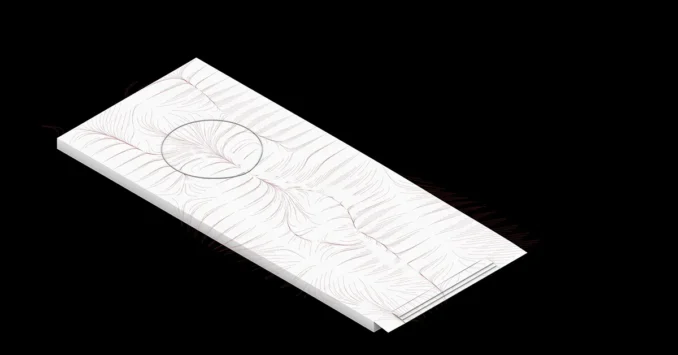
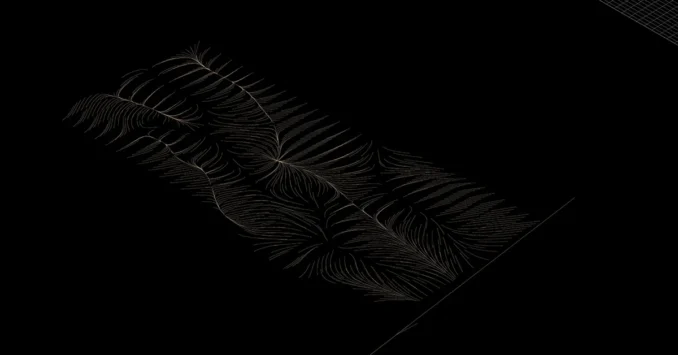
Through this innovative integration of technology, design, and education, the 798 Art Zone’s rainwater visualization project presents a scalable model for reimagining urban drainage systems. It underscores the potential of infrastructure to engage communities, foster sustainability, and transform public spaces into hubs of interaction and learning.
The Odyssey of Raindrops
Student: Yanjun Wan, Jishou University
Supervisors: Zhenxing Wang, The University of Melbourne
